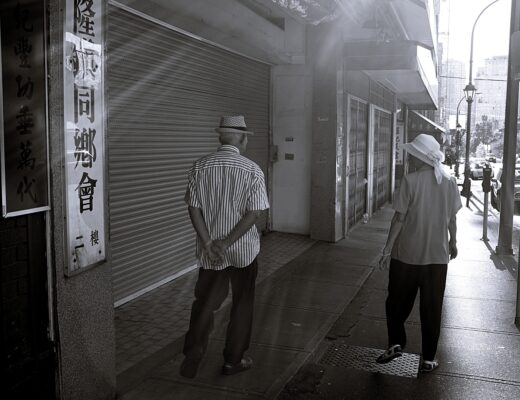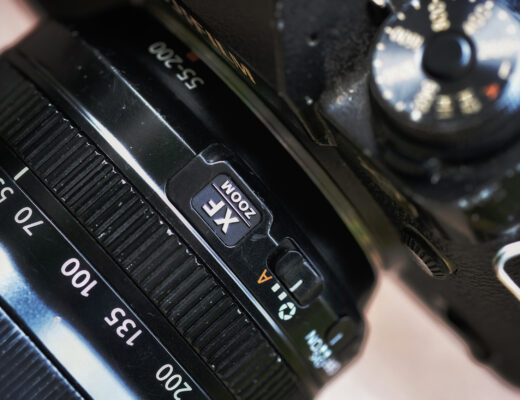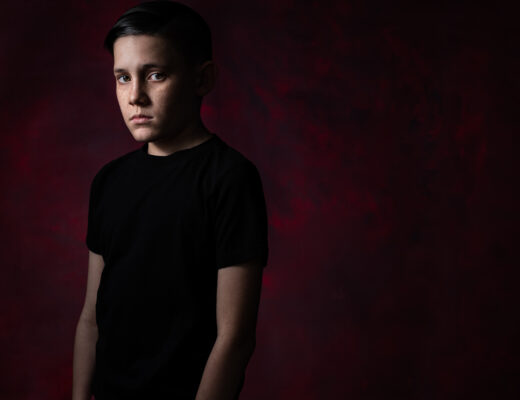The FIA World Endurance Championship (FIA WEC) is a series for sportscars that takes place over nine rounds in Europe, America and Asia. The penultimate round of the 2017 season took place on the 5th November at the Shanghai International Circuit in China and proved to be the decisive race for three of the world titles being fought for by manufacturers and drivers.
Introducing the FIA WEC
The championship calendar includes one 24 hours race, the world famous 24 Hours of Le Mans in June, and eight 6-hour races in the UK, Belgium, Germany, Mexico, USA, Japan, China and Bahrain.
The cars are Le Mans Prototype (LMP) and Le Mans Grand Touring Endurance (LMGTE) and are grouped in four categories – LMP1, LMP2, LMGTE Pro and LMGTE Am. The LMP1 and LMGTE Pro are for manufacturers, who are Porsche, Toyota, Ferrari, Aston Martin and Ford, with BMW joining the grid in 2018.
The championship is governed by the world governing body of motor sport the Federation Internationale de l’Automobile (FIA) and I am the media official appointed by the FIA. My role is to run the international media service at each event. My duties includes preparing and delivering the photographers safety briefing and also writing and photographing the event for the official website at FIA.com.
The photography at the event has to deliver news worthy images that can be used in both print and online media. I have been shooting motor sport for 25 years and know the sport inside out, which enables me to anticipate and get the images I need to fulfil the photo brief at each event.
Preparing for the Event
The event in Shanghai starts with the set up day on Thursday, which includes the teams taking their cars for scrutineering, the pre event technical checks to make sure they comply with the raft of technical regulations. The cars are worked on by the engineers and the mechanics in the garages and are then pushed at the the allotted time to the scrutineering bay at the end of the pitlane. The activity around the scrutineering process is quite photogenic and I spend some time photographing the cars and the mechanics.
Thursday is also a good day to get driver interviews and I use one of the X-T2’s and the 16-55mm f2.8 to shoot video interviews with the drivers. For this event I spoke to Ferrari works driver James Calado, Aston Martin’s Jonny Adam and reigning 24 Hours of Le Mans champion Brendon Hartley, who drives for Porsche and who recently made his Formula One debut with Scuderia Toro Rosso.
Track Action
Obviously we are at the race circuit to photograph the cars on track and this begins with two 90-minute Free Practice sessions on Friday. This is a good opportunity to get some shots of each from various positions around the circuit. The track is 5.4km in length, so it does take time to travel from one position to another and 90-minutes is not that long when you are trackside working.
Saturday includes a further 60-minute Free Practice session before Qualifying in the afternoon to decide who will start on pole position in each of the four classes.
Sunday is race day and the build up to the race, which take place in front of a packed main grandstand with over 30,000 people watching the start of the 6 Hours of Shanghai. The grid walk gives photographers the opportunity to get some shots of the drivers and the officials as they prepare for the start and also the entertainment, which this year was an impressive martial arts display by Chinese school children.
As the clock counts down, the photographers head to the first corner to get the start pictures. The lights go out to start the six hour race, with the cars getting underway after the formation lap, with 26 cars, with each of the LMP1 cars pumping out over 1000 horsepower, thundering down the main straight into the first corner.
Once again you have to choose your trackside positions carefully as six hours goes by very quickly when you have a shoot list to fulfil.
At the end of the race, while the drivers head to the podium, I have to organise the post race press conference for the top three driver crews and a second conference for the class winners. I use one of my X-T2’s to video the press conference to stream on the website and social media, the second X-T2 is used to capture some images of the drivers as they talk about their race.
Camera Gear
At each event I have two Fujifilm X-T2’s, both with battery grips, four zooms – XF100-400mm f4.5/5.6, XF50-140mm f2.8, XF16-55mm f2.8, XF10-24mm f4 – 1.4x converter for the two longer zooms and an EF-X500 flash. I also normally travel with the X-Pro2, XF16mm f1.4, XF90mm f2 and Samyang 8mm f2.8 fisheye prime lenses, but for the trip to China I decided to leave them at home. I also have a lightweight Manfrotto BeFree carbon fibre tripod for the press conferences.
Camera Settings – shutter speeds for action shots
Motor sport is unusual in sports photography because normally you would use a fast shutter speed to freeze the action. While this is still true in this sport, a shutter speed of 1/1000s or higher has to be used with caution because it can make a car travelling at 250kph look like it is parked due to the fact the shutter speed has frozen the wheels. You have to convey the speed of the car and a slower shutter speed is the key.
If the car is coming towards the camera position head on then a fast shutter speed is good as you wont see the wheels in the final image. If the wheels are visible I tend to use a maximum shutter speed of 1/500 as this will give some movement, but I favour 1/250 or lower as a standard setting.
Going even slower produces some interesting blurring effects and by moving the camera in line with the race car you can keep the subject sharp while blurring the background. This technique is called panning. At 1/125s and 1/60s it is fairly easy to get consistent results depending on the speed of the car at that point of the circuit.
Dropping down to 1/30s or 1/15s things get trickier and the hit rate for an acceptable image drops as well. But if you get part of the car in focus the results can be a lot more dramatic. I’ve gone as low as 1/2s with some great results, but one shot in twenty is considered a good result at the extreme end of the shutter range.
Composition
The World Endurance Championship travels the globe, so part of the photo brief is to show which country we are visiting. While tight action shots of the cars on track are essential, if you just shoot a car cornering with no background, then the images could be from any race track in the world.
The Shanghai International Circuit has the striking ‘lily pad’ roof to the grandstand on the back straight, so a wide angle shot of the cars under the famous roof immediately puts the image in context. The same goes for the start shot. A wider angle is called for to get the thousands of spectators into the image and also the Shanghai skyline in the background.
While most images are shot 3:2 format, I also like to shoot 12:5 panoramic images as these work extremely well on the championships social media feeds, especially Facebook. I shoot the images 3:2 in camera but look for compositions that will suit a 12:5 crop in post production.
Season Finale
With the 6 Hours of Shanghai now over and the results declared, the 2017 FIA World Endurance Championship will conclude in Bahrain on Saturday 18 November.
Three world titles were decided in Shanghai with Porsche claiming the World Endurance Manufacturers Championship for LMP, with Brendon Hartley, Timo Bernhard and Earl Bamber securing the driver’s world title. Ferrari also wrapped up the manufacturers world title for LMGTE.
However there is still the world driver’s championship to be decided in LMGTE and there are the class titles in LMP2 and LMGTE Am still up for grabs, so the competition in the desert is going to be just as exciting as the race in Shanghai. I will be there to record the event with my Fujifilm X Series kit.
For more information on the FIA visit the official website at www.fia.com.
































